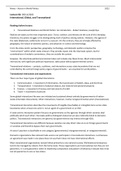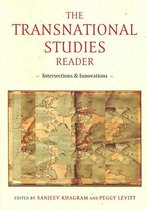Class notes
Summary Actors in World Politics (AWP) all Lecture + Reading Notes - GRADE 9
- Course
- Institution
- Book
Summary for the final exam (2022) material for Actors in World Politics (AWP). INCLUDES all lecture notes and reading notes on Khagram and Levitt (2008) The Transnational Studies Reader.
[Show more]




